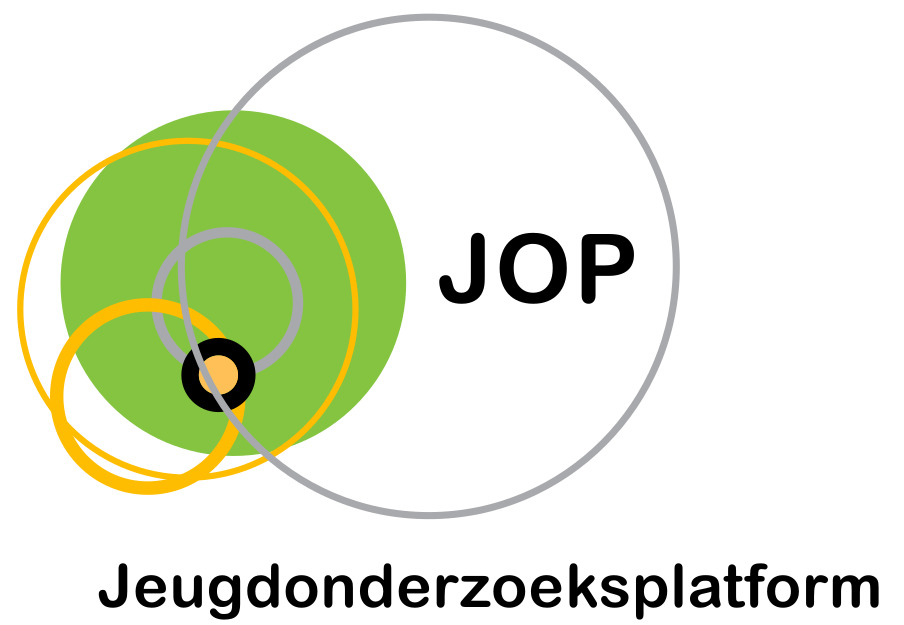Separating the sex from the object: Conceptualizing sexualization and (sexual) objectification in Flemish preteens’ popular television programs.
Auteurs
Rousseau, A., Eggermont, S., Bels, A., & Van den Bulck, H. (2018)

Abstract
Onderzoek naar mediaeffecten heeft bevestigd dat blootstelling aan seksualiserende media jonge adolescenten hun lichaamsimago en seksuele ontwikkeling kan beïnvloeden. Hoewel er een link is tussen seksualiserende content en negatieve uitkomsten zoals zelfobjectivering en lichaamsontevredenheid, is interesse in seksueel getinte media een normaal deel van een gezonde seksuele ontwikkeling tijdens de preadolescentie. Om die reden is onderzoek nodig die de verscheidenheid van jongeren hun seksuele media dieet in kaart brengt en die daarbij de subtiliteiten van seksualiserende media aan het licht brengt. In welke mate komen seksuele inhoud, uiterlijk gerelateerde inhoud, seksuele objectivering en objectivering voor in de favoriete televisiereeksen van Vlaamse preadolescenten? En, hoe zijn deze verschillende inhoudelijke types verbonden aan genderrollen? Om deze vragen te beantwoorden, wordt een kwantitatieve contentanalyse uitgevoerd op 24 afleveringen uit vijf populaire televisiereeksen bij Vlaamse preadolescenten. Op basis van de steekproef bestaande uit 465 scenes, tonen de resultaten dat een op de vijf scenes seksueel gedrag bevatten, en een op de tien seksuele objectivering. Mannelijke personages werden even vaak seksueel geobjectiveerd als vrouwelijke personages. Vrouwen werden vaker beoordeelt over hun uiterlijk, maar objectiveerden anderen ook vaker op niet-seksuele wijze. De resultaten worden besproken in het licht van objectivering en sociaal cognitieve theorie en leiden naar suggesties voor vervolgonderzoek en implicaties voor ouders.
Media effects research has confirmed that sexualizing media exposure can negatively affect preteens’ body image and sexual development. While there is a link between sexualizing content and adverse outcomes such as self-objectification and body dissatisfaction, an interest in sexual media content is a normal part of healthy sexual development during the preteen years. Hence, research is needed that examines the variety in preteens’ sexual media diet thereby addressing the subtleties involved in sexualizing media. To what extent do sexual content, appearance-related content, sexual objectification, and objectification occur in Flemish preteens’ favorite TV shows? And, how are these different types of content related to gender roles? Seeking to address these questions, this article reports on a quantitative content analysis of 24 episodes from five TV shows popular among Flemish preteens. Drawing on a sample of 465 scenes, results demonstrated that one in five scenes contained sexual behavior, and one in ten contained sexual objectification. Male characters were sexually objectified as often as female characters. Women were more often judged for their appearance, but were also more often shown treating others as objects in a non-sexual way. Results are discussed in light of objectification and social cognitive theory, culminating in suggestions for future research and implications for parents.
Referentie
Rousseau, A., Eggermont, S., Bels, A., & Van den Bulck, H. (2018). Separating the sex from the object: Conceptualizing sexualization and (sexual) objectification in Flemish preteens’ popular television programs. Journal of Children and Media, 12(3), 346–365.
Taal
Engels
Publicatievorm
Tijdschriftartikel
ISBN – DOI
https://doi.org/10.1080/17482798.2018.1425888
Trefwoord(en)
Content analyse, seksualisering, seksuele objectivering, objectivering, preadolescentie, televisie, Vlaams
